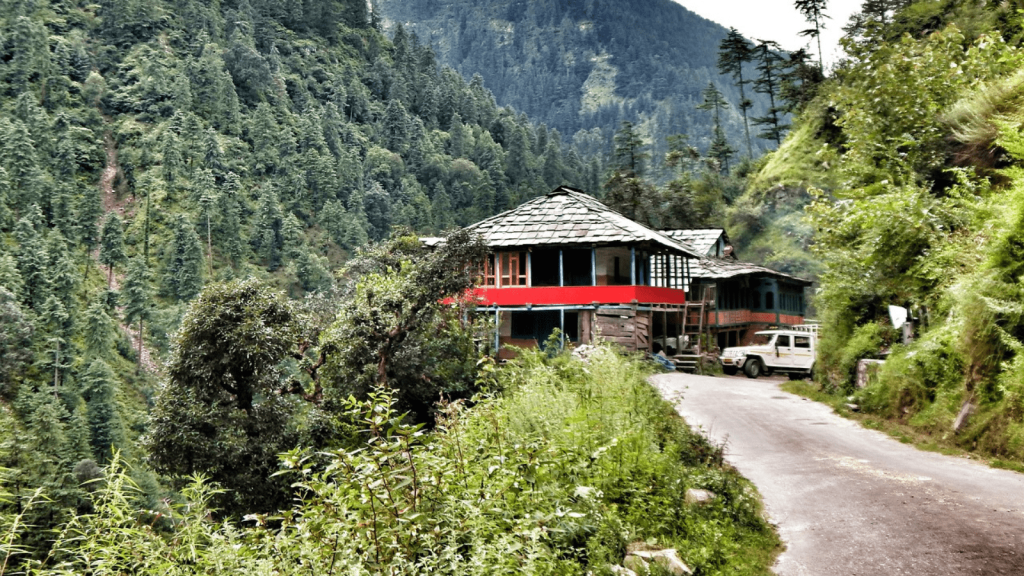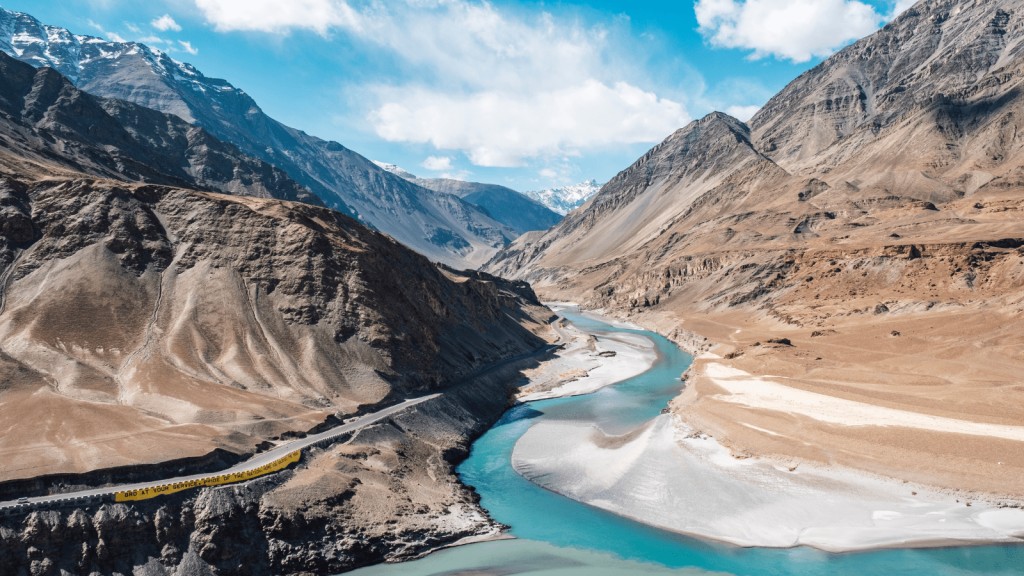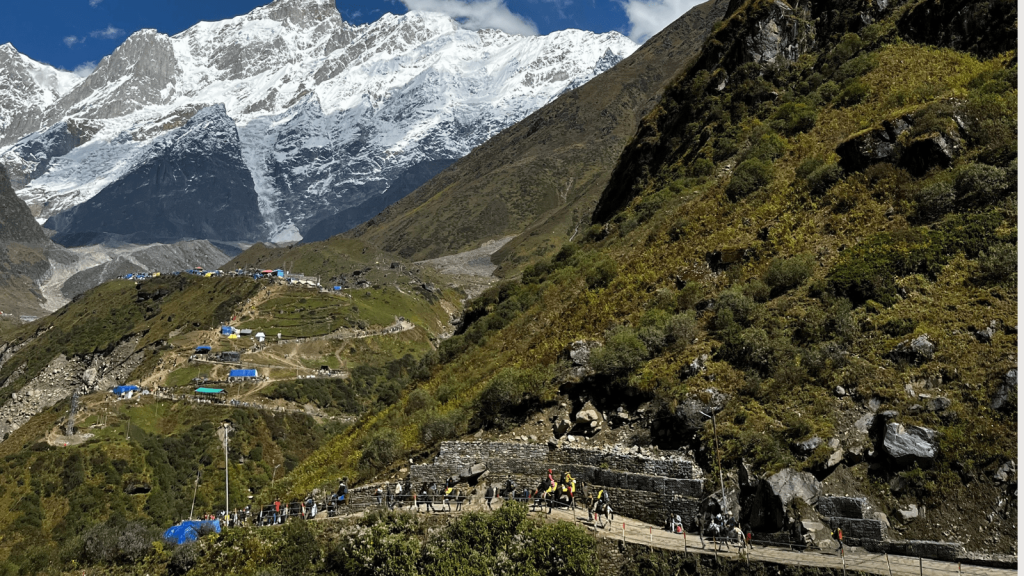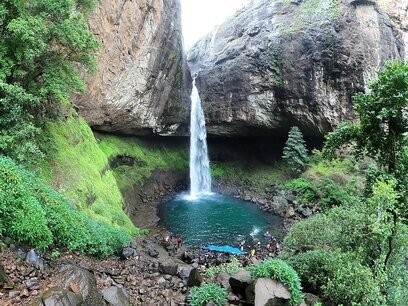About Trekking Poles
Trekking poles (also known as hiking poles, hiking sticks or walking poles) are a common hiking accessory used to assist walkers with their rhythm and provide stability on rough terrain.When in use, trekking poles resemble ski poles as they have many features in common, such as baskets at the bottom, rubber-padded handles and wrist straps. Their maximum length is usually 135 cm (54 inches), however, unlike ski poles, they are often made in two or three sections and can be extended and retracted as necessary for use and collapsed for storage or transport. When fully retracted it may be possible to attach them to a backpack
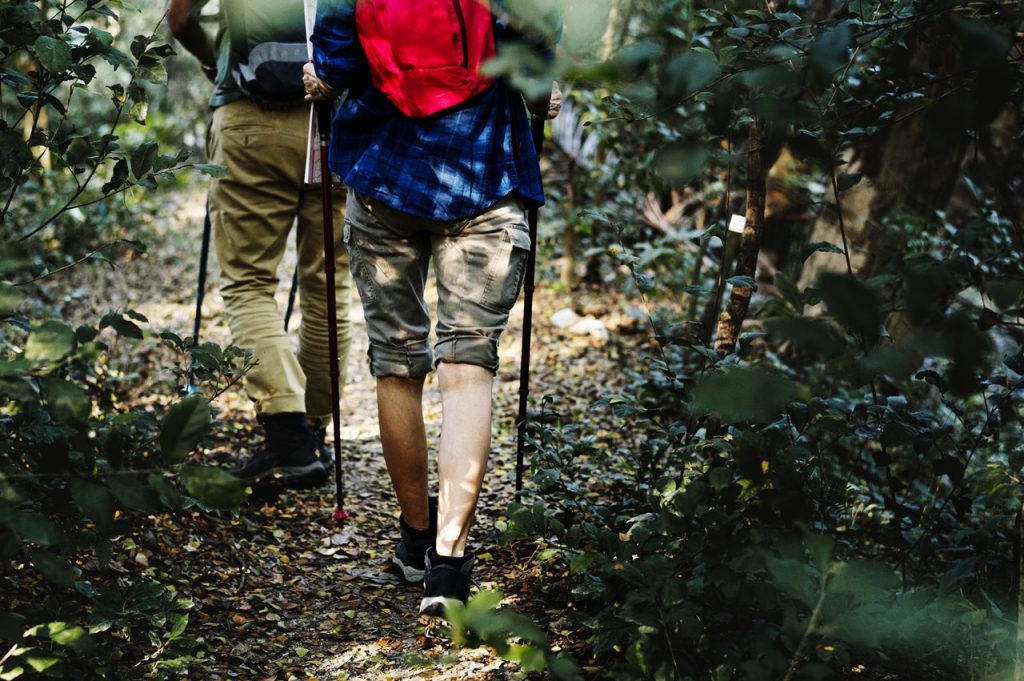
Pole adjustment mechanism
The lever lock action trekking poles are generally easier, more durable and quicker to adjust than twist lock products. After extensive testing we also feel that nearly all of the lever lock style mechanisms just plain outlast the twist lock style and are less troublesome like the twist lock poles can be on dusty trails. This is becoming less of a big deal because just three or four years ago there were only one or two companies using a lever lock and now a majority of the contenders in our review use one.

Number of Sections and Overall Design
There are three major designs that nearly all trekking poles use two section telescoping, three section telescoping and folding / tent versions, and each style offers distinct advantages and disadvantages.
Weight obviously lighter is better than heavier. One thing to take into consideration about trekking pole weight is when compared with larger items like packs or tents, there doesn't appear to be nearly as big a difference between different trekking pole weight. For instance, in our review the biggest difference from the heaviest pole to the lightest pole was 14 ounces with most poles fitting into a 10-ounce range, adding 5 ounces to each arm.
Styles of Handle
Grips Ergonomics and Material there are numerous styles of handles available primarily using three different types of materials; cork, rubber, and foam. Each of these materials offer different advantages and some disadvantages. Overall, cork grips are a favorite because they break into the shape of your hands like a Birkenstock sandal does to your foot. They are cooler than rubber grips, but heavier and maybe a touch sweatier than foam grips. Rubber grips don't absorb any water, whereas cork can absorb a little bit of moisture and foam can absorb a lot. Rubber grips are really better for people who want to use their poles mountaineering, snowshoeing, skiing or other winter sports. Foam grips also feel the least cold, something that's not an issue for most backpackers but a bigger factor for climbers and mountaineers.
Material Aluminum and carbon fiber are the two most popular materials used in trekking pole construction. Carbon is lighter, stiffer and generally stronger, but if they take an impact and get a dent or a crack, they are done. Comparatively aluminum is slightly heavier, but can take a dig or two and keep on trekking.
Shops of Trekking Poles
Shops in Mumbai
- Mountain Sports Academy Gorai
- Decathlon India
- Avi Industries Matunga
- Outdoor Travel Gear Vadala
Shops in Pune
- Stepin Adventure
- Adventure Sports Equipments


